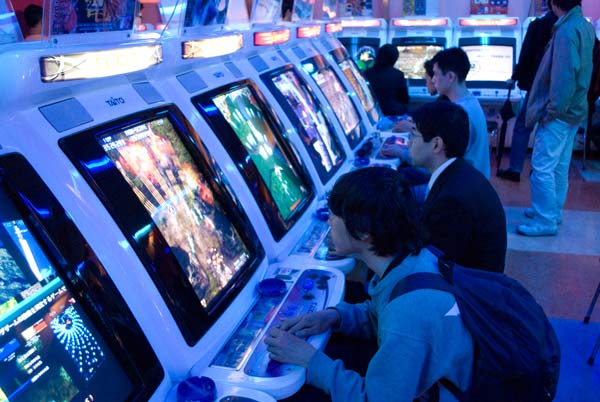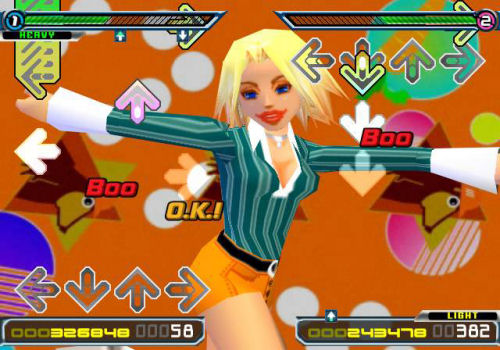
Modern
For some in the consumer game sector the ‘arcade’ is dead, and has no relevance to the modern digital gaming scene – the reality is far from this blinkered perception. The golden-age of video amusement (‘Pac-Man’, ‘Asteroids’, etc., in the 80’s) saw individual retail venues dedicated to providing video game action – this the ‘arcade’ of most Generation-X's nostalgic memories. But with the demise of the arcade universe (ushered in by the explosion in home console popularity) and some saw this as amusements demise!
But the reality is that rather than a single venue experience, the modern amusement machine dose not sit in dedicated arcades in malls, but now resides as a major revenue stream for bowling allies, sports bars, cinemas, laser-tag sites, family entertainment centers and a multitude of entertainment sites that see amusement as a vital element to attract the casual impulse player dollar.
An industry that has moved beyond simple upright cabinets – the amusement scene has matured towards dedicated specialist amusement systems; part simulator, part dedicated gaming experience. The market has seen major genres immerge as dominant to its current success including driving, shooting and even the music game narrative.

Reverting back to the days of unintentional game play created round amusement titles, the success of the Konami BeatMania series of dancing stage games (‘Dance Dance Revolution’) has seen a technique by some expert players of sharing the same single game, swapping controls during mid-play without loosing a beat – an amazing feet of skill to watch.
The simulator aspect of some modern amusement systems have seen the creation of network gaming – one of the early originators of the trend was board-game developer FASA, creating the ‘BattleTech’ network robot combat simulator. Now in Japan the concept has been taken up by Bandai Namco Games with their ‘Mobile Suit GunDam PODS’ (1997) system; teams of two groups of four players in their own individual immersive capsule cooperating to battle and defeat the opposition.
Namco has a long track record working on games that encourage intensive cooperation, rather than competition – inspired by the companies amusement venue operation business in Japan – they developed a series of games that support their ‘couples’ (boy and girl) playing experience. With games such as ‘Rapid River’ (1997); 2-players – sitting side by side – working together to control their paddle interface, navigating cartoon white water rafting courses in this experience.
Though popular in Japan – with some cabinet created for a boy and his girlfriend to both sit on while playing – the amusement scene seemed to cool to the co-op element until we saw the latest upswing in amusement development.